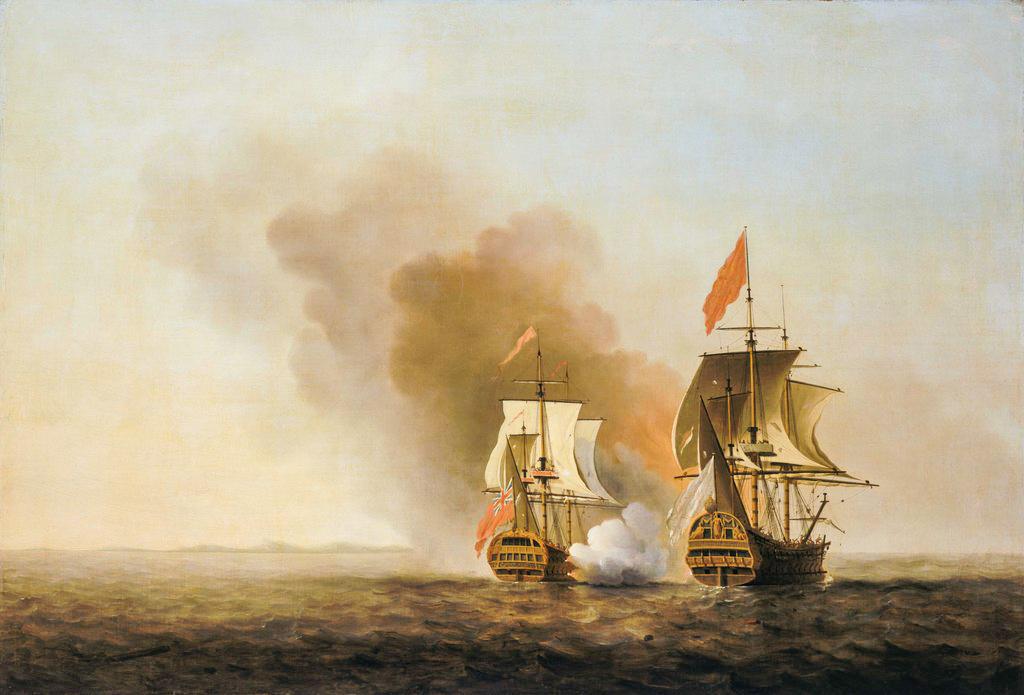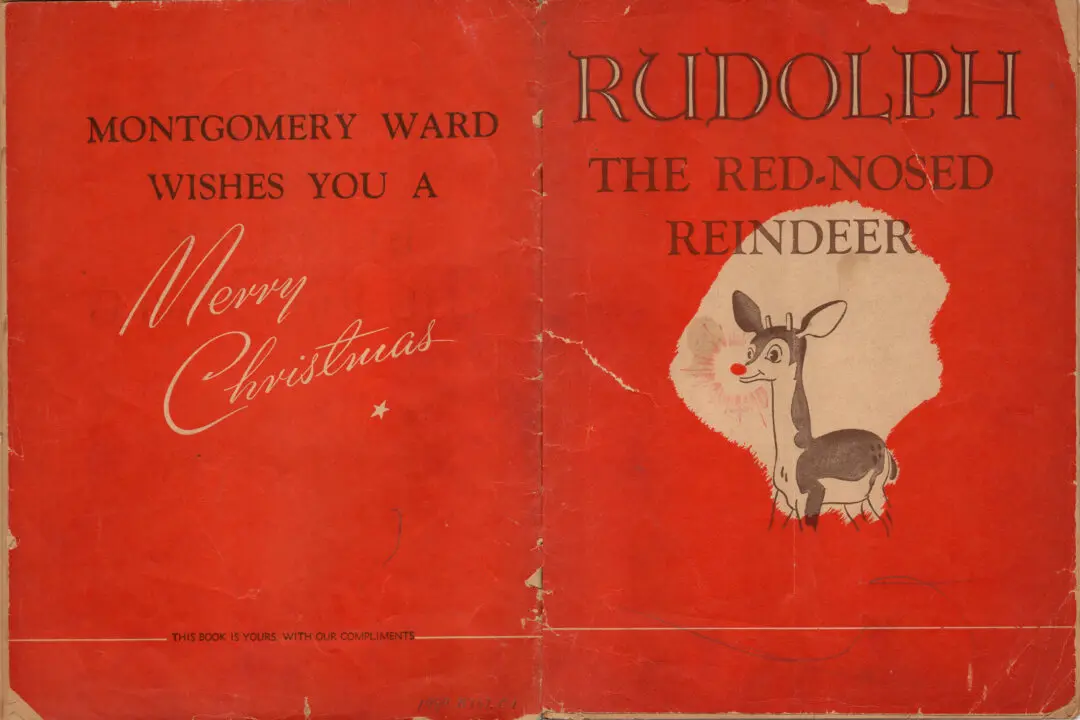Many people have probably never heard of the “War of Jenkins’ Ear,” which sounds like the name of a skit from an old Monty Python show.
In my own case, I was a history major in college with two years of graduate school in that same subject, and until now, if pressed, I might have dredged up a few details of that struggle. I’d have told you that decades before the American Revolution, Robert Jenkins was captain of a commercial ship and that the Spanish stopped him, tortured him, and cut off his ear. Jenkins returned to England, went to the Parliament, waved about his severed ear, and demanded justice. Parliament then promptly declared war on Spain.






